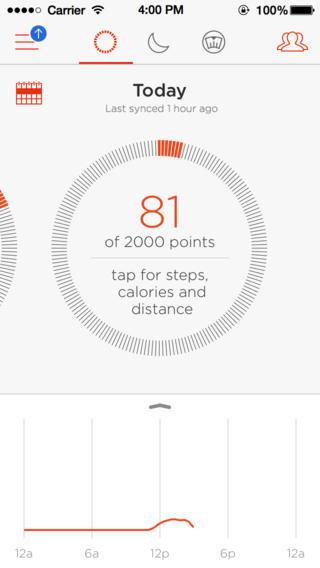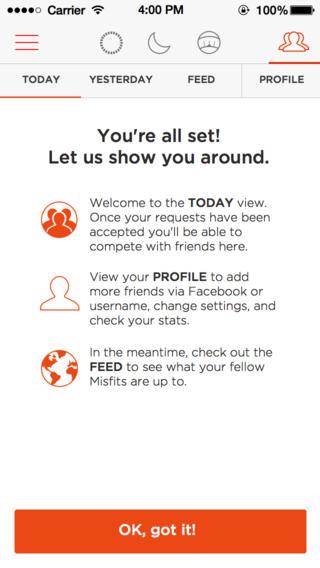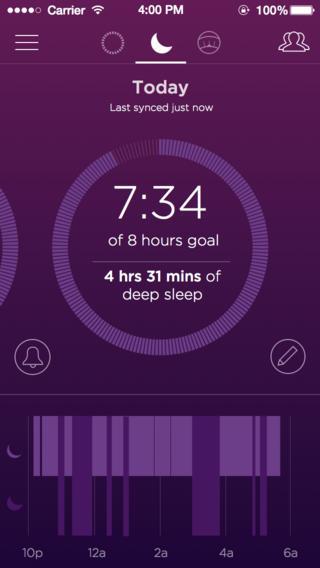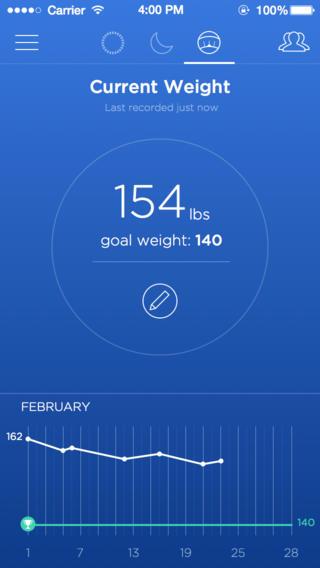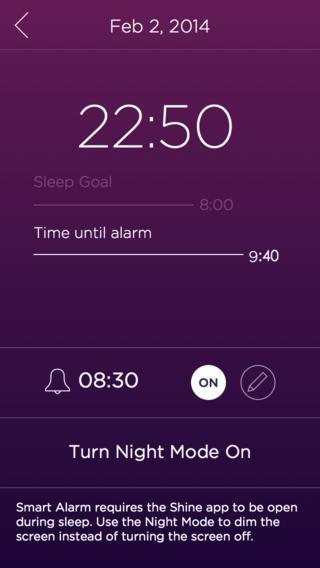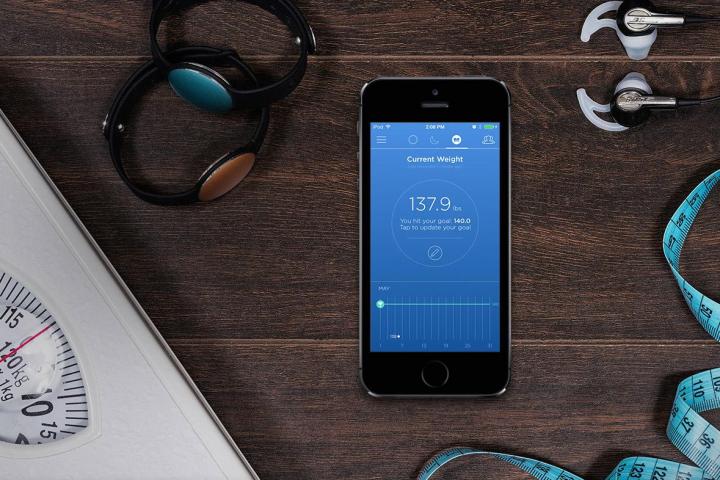
But the realist in me soon objects: I’ve never been overweight, I’ve never had any health-related issues, and I don’t have exercise sessions I need to track. In other words, I’m a like a lot of people, somewhere in the vast grey area between fitness fanatic and couch potato. Could I still benefit from wearing a fitness tracker?
I’m a perfect candidate in a lot of other ways, considering I sit and type for a considerable amount of time throughout the day. I should be moving more and find something to help facilitate that. Are there benefits beyond tracking exercise for weight loss, or does a fit-enough, healthy-enough person have nothing to gain from slapping one on?
I decided to indulge my love for the gadgetry and see whether lifestyle benefits would follow. And the results surprised me.
Meet the Misfit
I started innocently enough with a Misfit Flash worn around my wrist. Considering its $50 price tag, waterproof capabilities, and sleep tracking, the Flash was one of the more accessible options to try off the bat. I didn’t take it off and I kept it synced to my phone each day.

Since I didn’t plan to actually start exercising just so I could use a fitness tracker, I set the bar low with a daily goal of 600 points, which is the equivalent of an hour of walking or about 20 minutes of running. It seemed simple enough, but my existing habits failed miserably at reaching the goal for the first few days.
I thought it was a fluke, but the days kept coming and I still wasn’t reaching the goal without actively trying. Apparently I wasn’t moving around on my own as much as I had thought. That’s one of the first things I discovered after reluctantly participating in the fitness tracking sub-culture.
Perception is deception
Apparently walking between the dining room table and the kitchen, or chasing after a two-year-old and a four-year-old isn’t as physically strenuous as I had previously imagined. Little bits of movement also take a long time to add up — much longer than I thought, I guess.
I’m not motivated by calories or steps or distance in the area of health.
At my previous retail job, I could easily spend six of the eight hours on my feet moving around, but now at what equates to an office job, I can’t rely on forced movement. This will vary wildly for people, but those sitting at a desk all day can probably relate.
Wearing the activity-tracking device has provided a look into my actual activity — or very close — versus how much I thought I was moving throughout the day. It can be a reality check to see the real numbers or graphs day after day, compared to just trying to think back and remember. The results might surprise you.
Sweet dreams
I was initially wary about the accuracy of the Misfit Flash’s sleep tracking, but after weeks of testing, its results appear at least plausible. Without prompting or fiddling, it has accurately pegged the precise time I fall asleep, so I can only assume it’s also doing a fair job at deciphering my deep sleep from my light sleep.

I didn’t make any adjusts to my sleeping patterns initially. Looking back, I typically ended up in bed anywhere between 10:30 p.m. and 1 a.m. It only took about a week to see a slight pattern emerge. When I was asleep around 11 p.m., or earlier, I slept better. Not just longer, obviously, but I had more and longer periods of deeper sleep.
It’s been interesting to see the correlation between how I feel in the mornings and what the numbers say after syncing the Flash. More often than not, when I feel more rested, I’ve gotten more than three and a half hours of restful sleep. When I don’t, that number has been consistently around two or two and a half hours.
Numbers aren’t everything
I’m not motivated by calories or steps or distance in the area of health. Maybe I will be in the future as I grow older, but up until now, I have had no interest in these raw metrics.
I didn’t think I needed any incentive to move more.
But the Misfit does a pretty good job of dressing up raw data with a point system and clear graphs. This helps make a simple goal more attainable — in this case that goal is an hour of walking or 20 minutes of running. The end game isn’t anything magical, just simple ways to affect overall healthiness.
Microsoft is taking things to a much deeper level by detecting different types of activity and acting as a coach for workout sessions. The company’s Band will let you know when it’s time to switch to a different activity, among other things.
Lots of other fitness companies are moving past pumping out raw data and are doing more things beyond just exposing those numbers to the user. Goals, colorful charts and point systems create a wider appeal, and make the trackers that use them a lot more intriguing compared to simple counters.
The incentive you didn’t know existed
I didn’t think I needed any incentive to move more. In fact, I was a little spiteful at the insinuation that this tracker could provide that. What’s the difference between knowing you walk more and an app telling you the same thing?
I kept the Flash synced for the first week, mostly because it was easy enough. All I had to do with an iPhone 6 was open the Misfit app (available for iOS and Android) and it would sync within 15 or 20 seconds — done. Slowly, syncing wasn’t just about getting the data into my phone, but about actually seeing my progress and then thinking about how I could improve that over the rest of the day.
That was the turning point for me. When the tracking device began to affect positive change, even just slightly, I realized why even someone like me, outside the target market, would still wear one.
Fitness trackers are more than hype
I still wouldn’t say everyone single person should be wearing a fitness tracker. But if you have any curiosity or desire to get more active on a day-to-day basis, I would say you’re a perfect candidate to give it a shot.
What’s the difference between knowing you walk more and an app telling you the same thing?
Wearing a tracker is low impact; there’s nothing lost other than the money you spent on the device. And that isn’t much anymore.
Sleep tracking is still one of the more interesting aspects of these newer and more sophisticated devices. Figuring out ways to improve sleep could be a game changer that may have a real effect on your life and relationships — just as much as staying active throughout the day.
I’m still not overly interested in my health just for the sake of it — the Flash device hasn’t changed that — but having a little more insight into my daily activity has given me pause. And who knows, it may end up helping to tack on a few more years.
